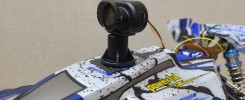Not many of us don’t have the privilege of staying close to a purpose-built RC track. If we can’t find them, why don’t we build them, so they said. Having said that, here are some practical things to do to when blazing your RC on the streets.
Soften Your Suspension
Imagine you’re an ant and you’re walking on a kitchen table. A granule of sugar would look like the size of a car. The same goes for RC cars riding on asphalt or concrete pathways. Any tiny potholes, bumps, or dents can send your car flying particularly when you’re driving at high speed. You should soften your suspension to absorb those potential impacts.
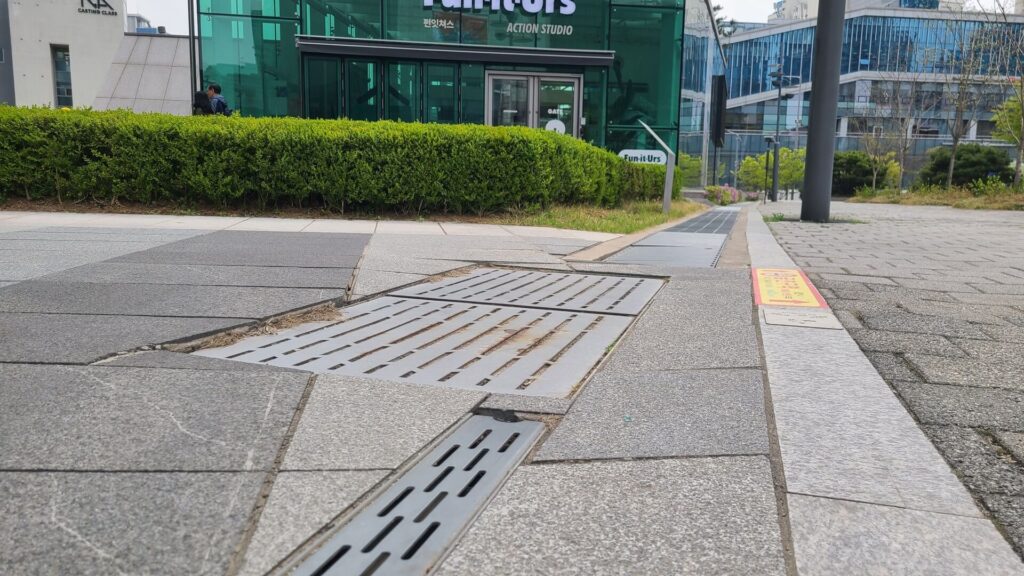
The video below clearly demonstrates the difference between hard and soft suspension on an RC car driving on a smooth surface.
Add a Front Bumper
RC street racing shares one thing in common with Formula E – both are driven on street tracks and both are susceptible to crashing into the wall or curb. To protect your RC investment, you’re highly recommended to add bumpers to your car as this will undoubtedly help to absorb any potential impact during a collision.
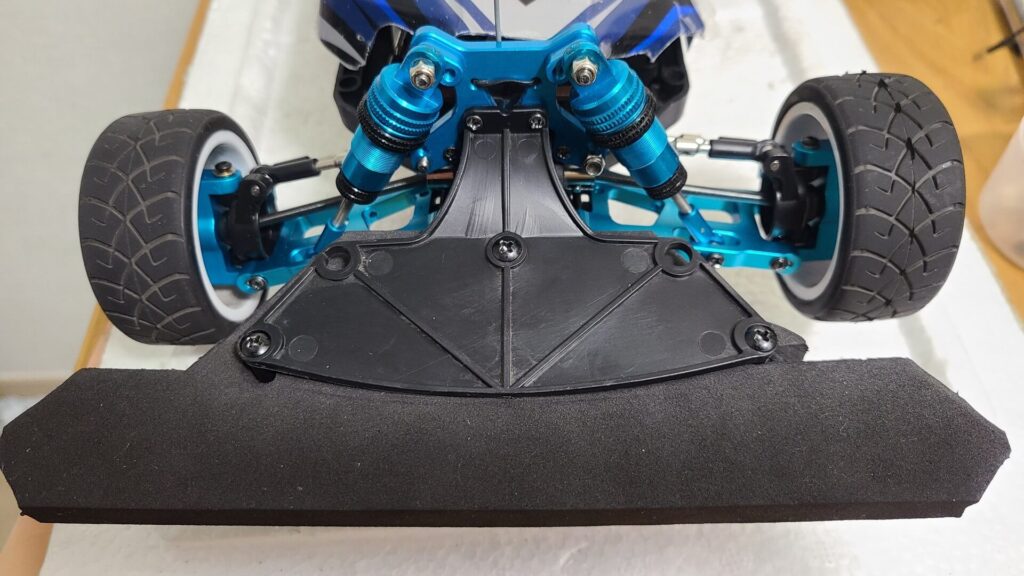
Use Foam Tires Sparingly
Foam tires are usually made for actual RC tracks that often come with smooth surfaces like carpets or concrete floors. They would not last long outdoors on roads meant for full-scale vehicles. Remember what we said about bumps and dents? Those could also tear your tires apart. So use your precious foam tires conservatively when you’re blazing an RC street track. Watch the end of the video below and you’ll know what we mean.
Add an FPV Camera
Now that you’re not limited in space, dare yourself to go the distance and beyond visual range with your RC car. You could add an FPV camera on your scaled vehicle and drive it further than what your naked eyes can see. You could drive to the edge of the park, square or execute turns around those hidden sections at a skatepark.
Use Large Landmarks as Your Waypoints
You can use lamp posts, benches, sculptures, signboards, or anything that looks larger than life to a scaled RC car. You should be able to see these objects from a distance and help you navigate around the street track.
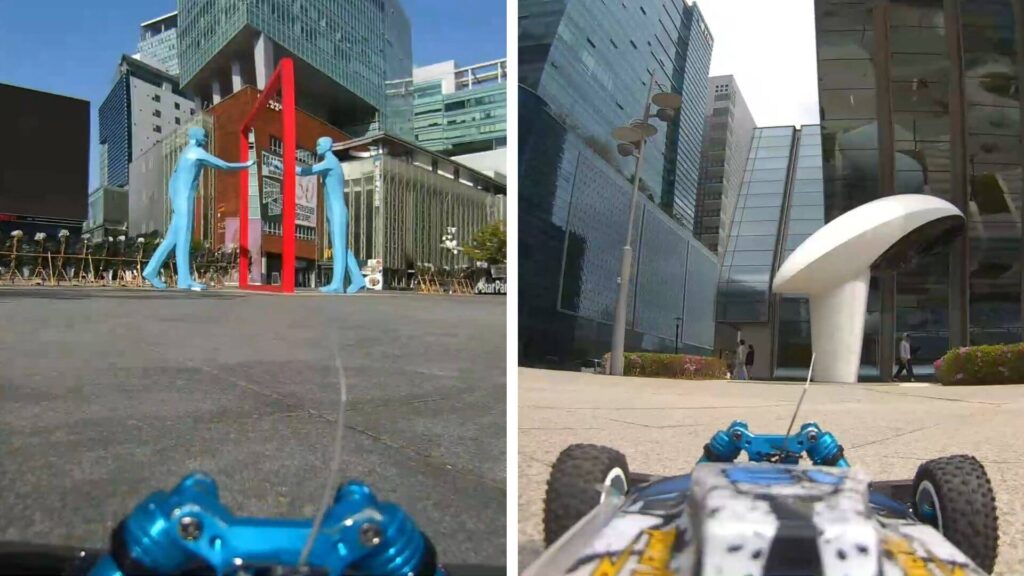
Use Cones Wherever You Need
It pays to use mini cones to mark waypoints along your track route. This helps to avoid any painful collision with rock-solid curbs that could cost you dearly in repairs.
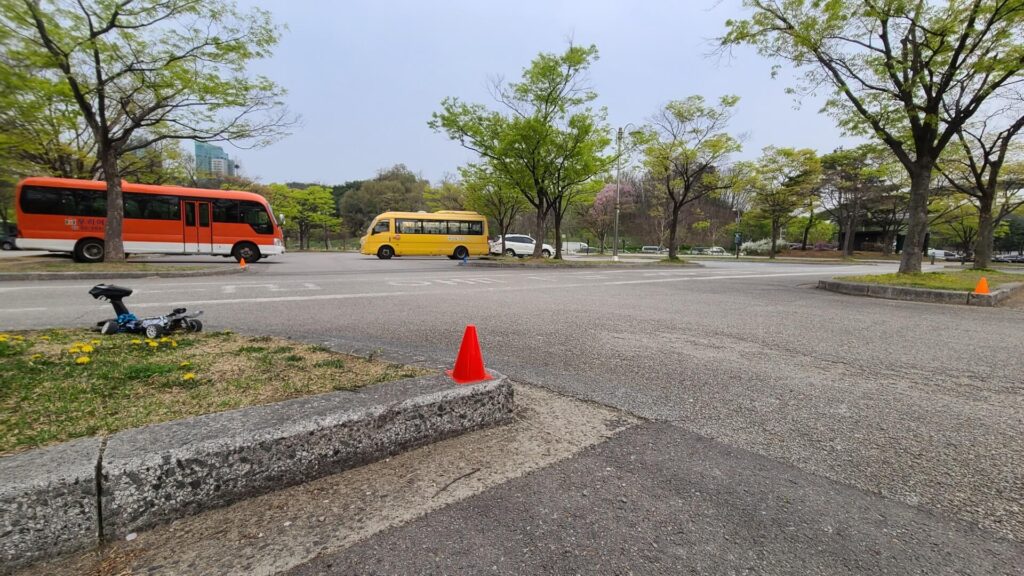
These striking cones can also assist you in navigating the track when there are no corrugated pipes lying everywhere along the route as we often see in purpose-built RC tracks.
This article contains affiliate links to help us pay our website bills.

